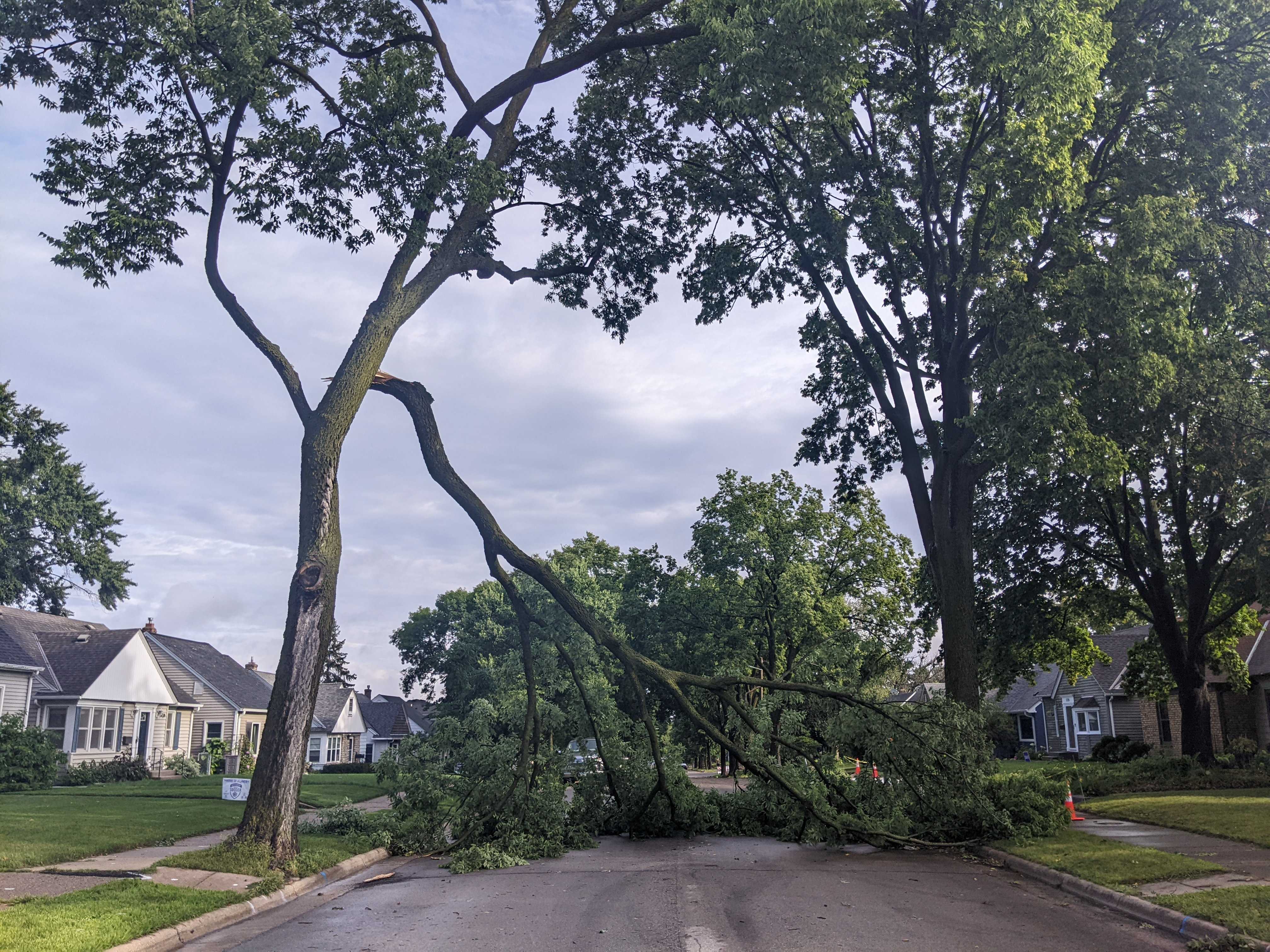The last remaining population of the Key Largo tree cactus (Pilosocereus millspaughii) has been wiped out in what is believed to be the first local extinction of a species due to rising sea levels. Although this species is not endemic to the Florida Keys, its natural range once extended from Florida to the Bahamas, northern Cuba, Haiti, and the Turks and Caicos Islands.
Key Largo Tree Cactus in the United States
The Key Largo tree cactus is a large, tree-like cactus that can grow up to 10 meters tall. It has ribbed, blue-green trunks covered in sharp spines that branch out from a central trunk to form a crown-like structure. This cactus is adapted to the subtropical climate of the Florida Keys and thrives in dry, rocky soils often found in tropical hardwood groves and pine forests.
Historically, the Key Largo tree cactus was found in a single population in the Florida Keys, first discovered in 1992. It grew on a low limestone bluff surrounded by mangroves, a habitat that provided the specific environmental conditions the cactus needed to survive.
Two similar cactus species
The Key Largo tree cactus is not the same species as the Key tree cactus (Pilosocereus robinii), although they share similarities. Both are tall, columnar cacti native to the Florida Keys, and they share several other similarities, such as their vertical growth, their spiny trunks, and their nocturnal flowers that attract bats as pollinators.
Free weekly newsletter
Enter your email address to receive our newsletter!
The Key Largo tree cactus, characterized by its dense tufts of woolly hairs around the base of its flowers and fruit, has longer spines and a smaller distribution; before its extinction, it was restricted to a single population in Key Largo. In contrast, the Key tree cactus, which lacks pronounced woolly hairs and has shorter spines, is found in several locations in the Keys, although it is also threatened with extinction.
The Key Largo Tree Cactus succumbs to rising sea levels
Recently, the only remaining population of this giant cactus was lost in the United States. According to researchers, this is the first local extinction of a species in the United States that can be directly attributed to rising sea levels.


In 2011, 150 individual cacti were still alive. By 2015, that number had dropped to 60 individuals, and by 2016, that number was further reduced to 28 rooted stems. In 2021, conservationists determined that the Key Largo tree cactus was no longer viable in the wild, and the last remaining six specimens were harvested and sent to two locations for cultivation: Fairchild Tropical Botanic Garden and John Pennekamp Coral Reef State Park.
Subsequent field surveys in 2022 and 2023 found no evidence that the Key Largo tree cactus was viable in the wild. A study documenting the demise of the Key Largo tree cactus due to sea level rise was completed in 2024 in Journal of the Botanical Research Institute of Texas.
Environmental influences accelerated the local extinction of this cactus
The Key Largo tree cactus faced numerous environmental threats over the years, eventually leading to its extinction in the wild in the United States. One of the biggest pressures was saltwater intrusion from rising sea levels, exacerbated by storm surges and exceptionally high tides. These conditions depleted the soil and increased salinity, which over time destroyed the cactus’ habitat.
Hurricanes, particularly Category 5 Hurricane Irma in 2017, and the subsequent spring floods led to further erosion of the remaining suitable habitat for the cactus.


In addition to the physical impacts of climate change, the cacti also faced significant herbivory, likely driven by small mammals seeking water during saltwater floods. These herbivores severely damaged the cactus population and further accelerated their decline.
An indicator for other plant species
Conservationists view the extinction of the Key Largo tree cactus as an indicator of the far-reaching impacts of climate change on low-lying coastal species.
Conservationists are currently working to grow the cactus in controlled environments such as greenhouses, and there are tentative plans to release some specimens back into the wild.
However, the long-term survival of the species remains uncertain. Suitable habitats for tree cacti, such as the narrow margin between mangroves and upland hammocks known as thornbush, are rapidly disappearing. This decline underscores the urgent need for more comprehensive conservation efforts to protect not just individual species but entire ecosystems.
Researchers note that the challenges facing the Key Largo tree cactus may be indicative of what other coastal plant species will face as climate change continues to alter habitats. The complex and interconnected nature of these environmental changes – rising sea levels, increased salinity, and more frequent and severe storms – presents a challenging scenario for conservationists trying to preserve biodiversity.
References
Pinson, J. (July 9, 2024). First local species extinction in the USA due to rising sea levels.FloridaMuseum.
Possley, J., Lange, JJ, Franck, AR, Gann, GD, Wilson, T., Kolterman, S., … & O’Brien, J. (2024). First U.S. vascular plant extinction associated with sea level rise? Pilosocereus millspaughii (Cactaceae) in the Florida Keys, USA. Journal of the Botanical Research Institute of Texas, 18(1), 211-223. DOI: 10.17348/jbrit.v18.i1.1350




